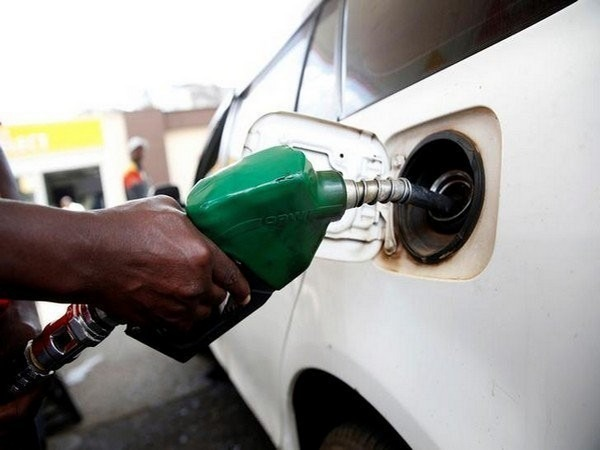In 2020, the UK government took a historic step towards net-zero by mandating the end of the sale of new petrol and diesel cars by 2030. Then in October 2021, the Prime Minister announced a further target in 2035, by which time it is aimed that all of the UK’s electricity will come from clean energy sources.

The global shift towards renewable energy is particularly noticeable in urban areas, where increased awareness of fuel standards and their impact on air pollution has resulted in emission taxes being levied. With this trend set to accelerate throughout the next decade, it’s important to stay ahead of the curve.
So, what is clean fuel?
Clean fuels are fuels that produce lower greenhouse gas emissions than traditional fuels. There are many types, including biofuels such as biodiesel, synthetic fuels, and gaseous fuels such as hydrogen. The two most familiar are:
E10
Currently, forecourts in the UK supply a fuel known as E5 as standard. However, from September 2021 a fuel called E10 has started to replace E5.
E10 is a biofuel that is a blend of 90% regular unleaded and 10% ethanol. Ethanol is an alcohol-based fuel that is a by-product of the fermentation of bio matters such as sugarcane. When compared with regular unleaded petrol, ethanol fuel is said to be partially carbon-neutral. This is because more carbon dioxide is absorbed by the growth of the biomatter used to produce the fuel than is released into the atmosphere during combustion.

Although E10 petrol isn’t more expensive than the standard E5, it isn’t compatible with older motor vehicles. This means that the cost of filling up for the owners of the estimated 700,000 vehicles not compatible with the new E10 petrol will be driven higher, as they will need to revert to premium super unleaded. Owners can help mitigate this extra expense by using solutions from firms such as Fuel Card Services. Fuel cards can deliver cost savings on the advertised price of fuel.
Biodiesel
Biodiesel is the green alternative for diesel engines. Biodiesels are commonly made from vegetable oils, fats or grease. Glycerine is separated from these base fats through a process called transesterification, leaving behind a biofuel that can be used either in its pure form (Biodiesel B100) or blended with petroleum diesel in concentrations of 5% to 10%. Biodiesel reduces greenhouse emissions by up to 76% when compared to petroleum diesel.












